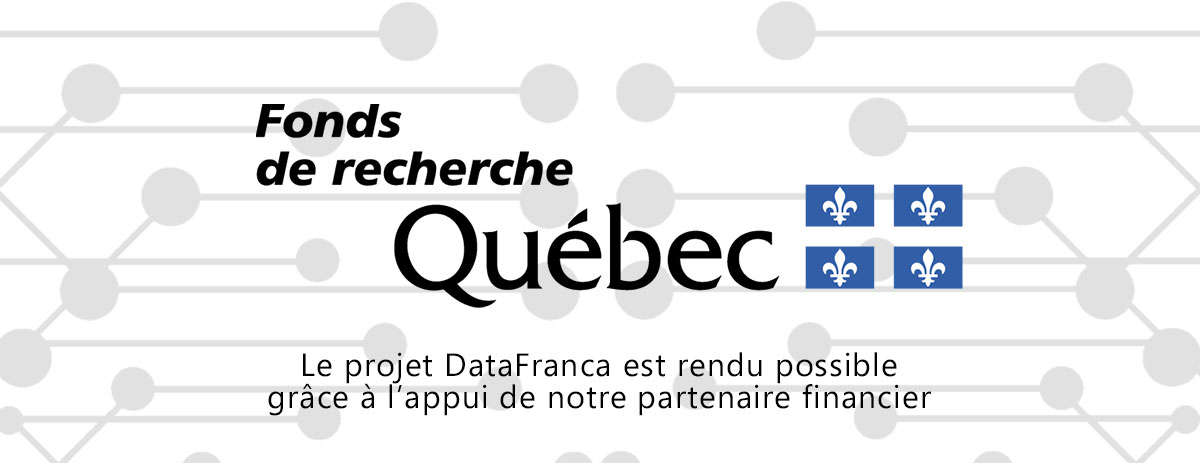« Méthode basée sur les grilles » : différence entre les versions
(Page créée avec « == en construction == Catégorie:Vocabulary Catégorie:Mégadonnées Catégorie:Intelligence artificielle == Définition == ... == Français == ...... ») Balise : Éditeur de wikicode 2017 |
Aucun résumé des modifications |
||
| Ligne 1 : | Ligne 1 : | ||
== en construction == | == en construction == | ||
== Définition == | == Définition == | ||
| Ligne 22 : | Ligne 19 : | ||
<small> | <small> | ||
[https://www.kdnuggets.com/2017/09/data-science-key-terms-explained.html Source : 277 Data Science Key Terms, Explained] | [https://www.kdnuggets.com/2017/09/data-science-key-terms-explained.html Source : 277 Data Science Key Terms, Explained] | ||
[[Catégorie:Vocabulary]] | |||
Version du 6 avril 2021 à 14:11
en construction
Définition
...
Français
...
Anglais
Grid-based method
These methods try to explore the data space at high levels of granularity. Thus, they can be used to reconstruct the entire shape of the data distribution. DBSCAN [1] and STING [2] are two classical examples.
a) The density-based method at any particular point in the data space is defined either in terms of the number of data points in a pre-specified volume of its locality or in terms of a smoother kernel density estimate [3]. This method is naturally defined in a continuous space, therefore, arbitrary data types, e.g. time-series, are not quite as easy to use with density-based methods without specialized transformations.
b) Grid-based methods are a specific class of density-based methods in which the individual regions of the data space which are explored are formed into a grid-like structure.
Contributeurs: Claude Coulombe, Patrick Drouin, wiki










